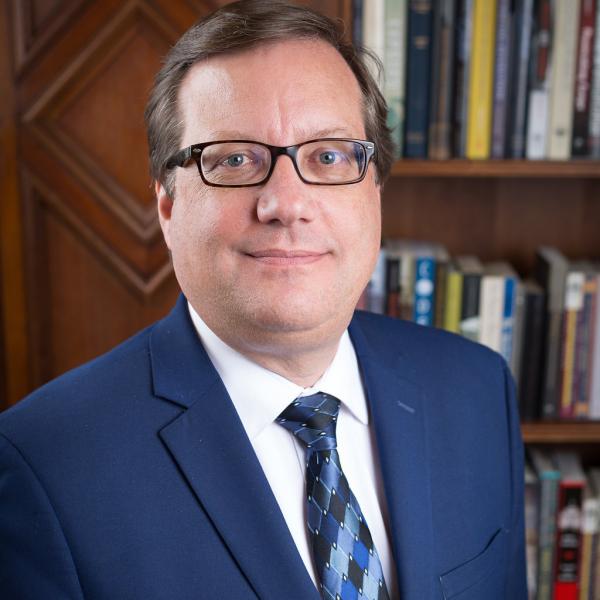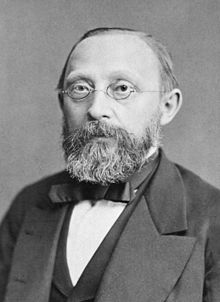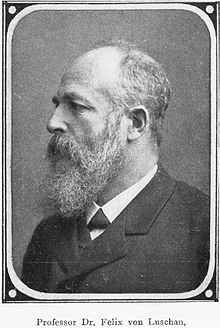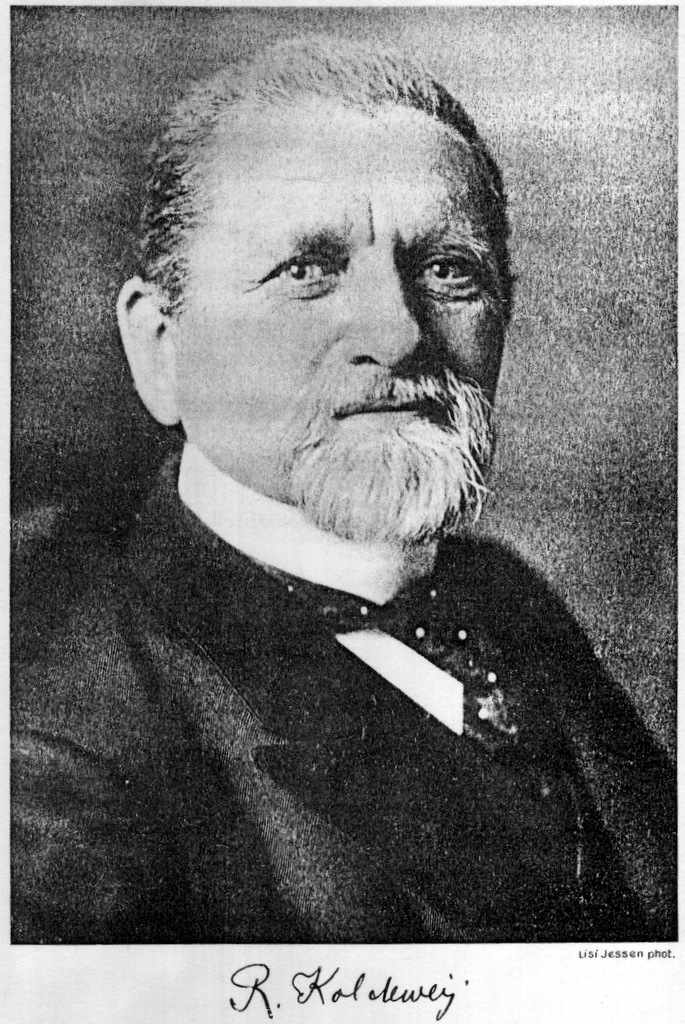|

Our
Ancient Aramean artifacts in the Pergamon
Museum in Berlin
The photographs of the museum are from Gabi
Gallo .
2020-01-28
We have uploaded pictures from the Pergamon Museum
of Berlin where you can visit some day
and see the ancient artifacts made by our
Arameans ancestors. One of the of the
members of ArDO photographed the artifacts
because we see it as important for our
people to see that we still have artifacts
in different museums around the world.
The site of Sam'al (modern Zencirli in
Turkey) was excavated in 1888, 1890, 1891,
1894 and 1902 during expeditions led by Felix
Ritter von Luschan and Robert
Johann Koldewey. Each
of the expeditions was supported by the
German Orient Committee, except for the
fourth (1894), which was financed with
monies from the Rudolf-Virchow-Stiftung and
private donors.
They found a heavily fortified
teardrop-shaped citadel, which was
surrounded by the as yet unexcavated town
and a further enormous double fortification
wall with three gates and 100 bastions.
Among the notable objects found at the site
are five giant statues of lions carved from
stone, which apparently had guarded the
gates of the city, but may have been
ritually buried together within the citadel.
The German excavations on the citadel
recovered large numbers of relief-carved orthostats,
along with inscriptions
in Aramaic, Phoenician, and Akkadian. These
are on exhibit in the Pergamon
Museum, Berlin, and Istanbul.
In August 2006, the Oriental Institute of
the University of Chicago began a new
long-term excavation project at the site of
Zincirli under the directorship of David
Schloen. Seven seasons of excavation have
been conducted through 2012.

David Schloen,
Oriental Institute of the University
of Chicago
|

Rudolf Ludwig Carl Virchow (13
October 1821 – 5 September 1902)
(financed by his Foundation the
first excavations) |

Felix Ritter von Luschan (11
August 1854 – 7 February 1924)
|

Robert Johann Koldewey (10
September 1855 – 4 February 1925)
|
|